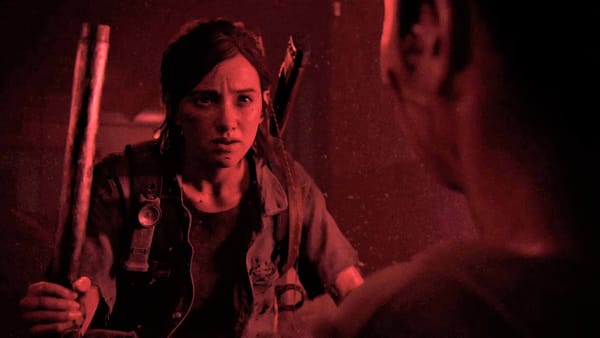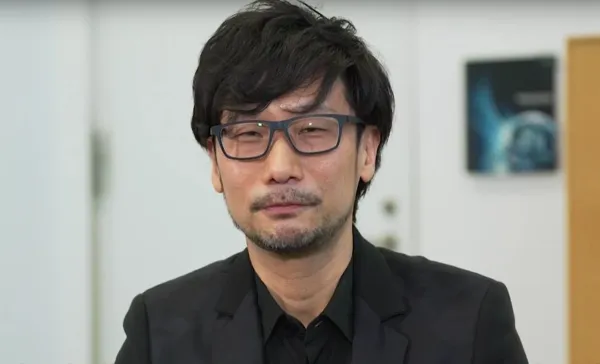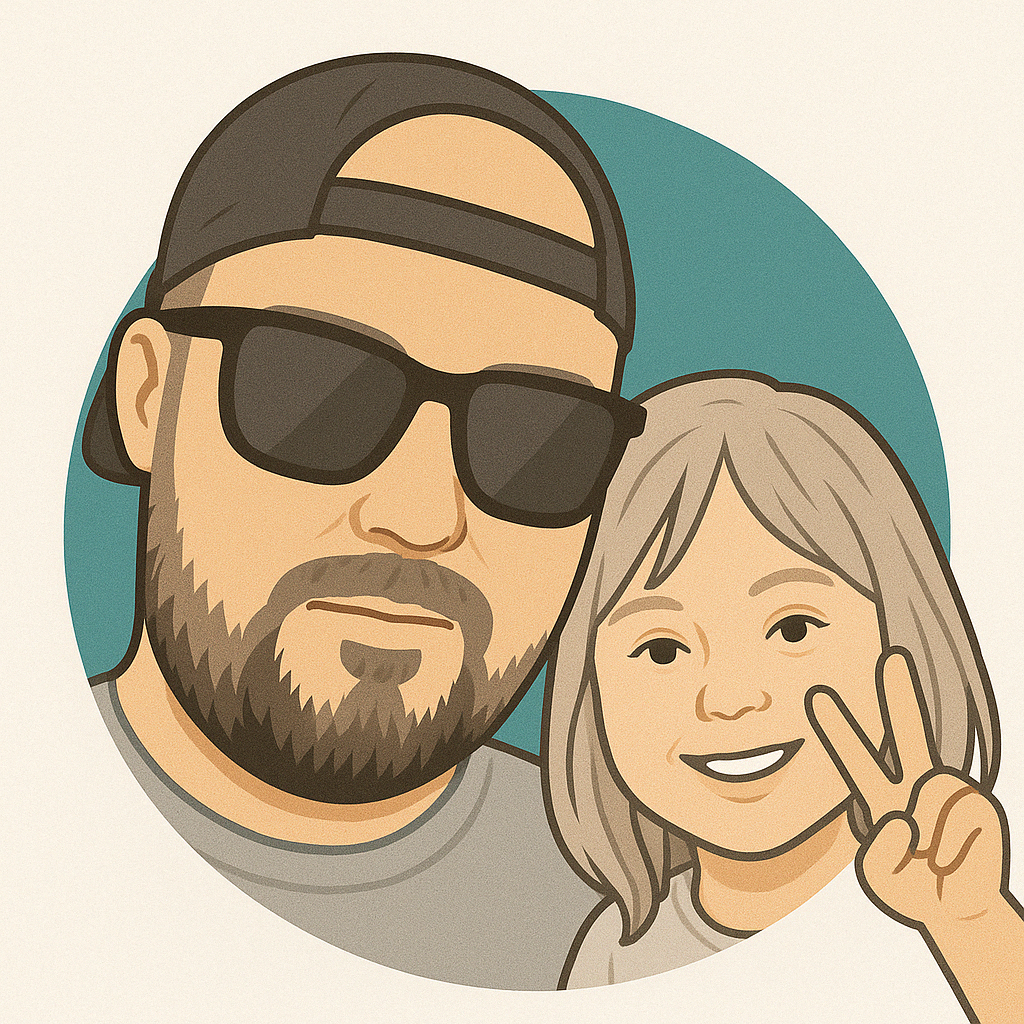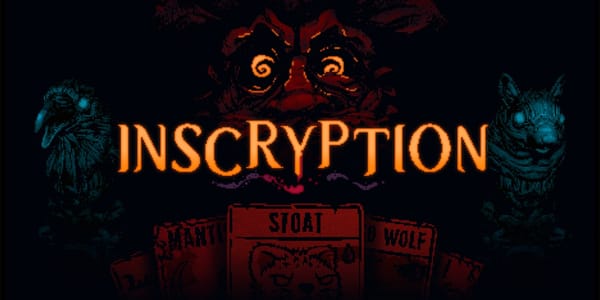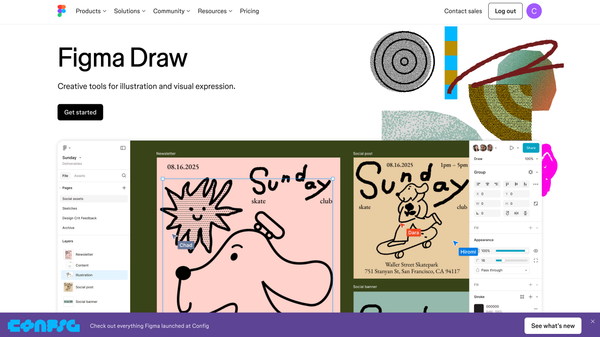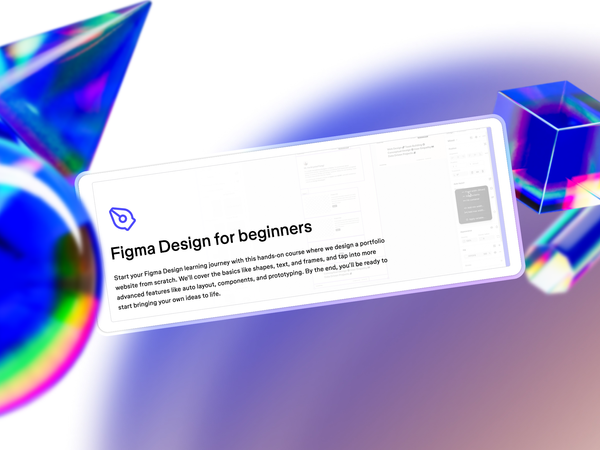There's a moment in The Last of Us Part II that still haunts me.
Ellie has cornered Nora, one of Abby's friends who knows where Abby is hiding. Nora refuses to talk. And then, the game presents you with a button prompt—press Square to swing the pipe.
You can wait. You can hesitate. But the game will not continue until you, the player, make the conscious choice to press that button. To torture another human being for information.
And this powerful scene is great example of the divorce of player and character.
This moment marks one of the first significant instances where the game deliberately creates a divorce between player and protagonist.
Up until this point, we've generally been aligned with Ellie's quest. We understand her pain, her rage, her desperate need for vengeance after witnessing Joel's murder.
But here, many players hesitated. I know I did. My thumb hovered over the button as I wondered if there was another way forward. There wasn't.
The genius of this design choice is that it forces a moment of reflection. The game could have easily shown this scene in a cutscene, removing player agency entirely. Instead, Naughty Dog requires your participation. Your complicity.
The Power of the Mandatory Prompt
What makes this moment so powerful is precisely the tension between narrative direction and player agency.
The story requires Ellie to torture Nora—it's part of her descent, her loss of humanity in pursuit of revenge. But by forcing the player to initiate the action, the game creates a moral burden that would be absent in any passive medium.
The game says: "Yes, this is happening. But you have to make it happen."

Some players report putting down their controllers for minutes, searching for alternative paths that don't exist. Others describe closing their eyes as they pressed the button. These reactions demonstrate how effectively this mechanic creates moral friction.
This design technique isn't unique to The Last of Us Part II, though it employs it masterfully.
Spec Ops: The Line forces players to use white phosphorus on civilians. BioShock asks you to harvest or save Little Sisters. But what sets TLOU2's approach apart is how it uses these moments to deliberately challenge your identification with a character you've grown to love.

When we watch a film character make morally questionable choices, we remain observers. When a game forces our hand to make those same choices, we become participants.
This is the unique power of interactive storytelling—the ability to implicate the audience directly in the narrative's moral questions.
The Adaptation Gap
This is precisely why the HBO adaptation could never capture this particular element of the game. Without interactivity, without that moment of hesitation before pressing the button, the moral weight shifts entirely to the character. As viewers, we remain distanced from Ellie's choice in a way that players cannot be.
The show can make us witness Ellie's actions, but it cannot make us responsible for them. What makes this mechanic different from standard moral choice systems in games is that there is no choice.
The genius lies in creating the illusion of agency while ultimately removing it—mirroring Ellie's own trajectory as she becomes consumed by vengeance, feeling increasingly that she has no choice but to continue down her destructive path.

The mandatory prompt becomes a meta-commentary on the character's psychological state: like Ellie, we tell ourselves we have no choice. We must press that button to progress, just as she believes she must torture Nora to find Abby.
Long after completing The Last of Us Part II, that button prompt stays with me.
It's not just remembering a difficult scene—it's remembering my participation in it. My complicity. The weight of pressing that button.
That's something unique to the interactive medium of games, and it's what makes moments like the Nora scene so profoundly affecting. It's not just storytelling—it's experience design that purposefully creates moral tension between what the narrative demands and what we as players are comfortable doing.
And in that tension lies the true power of interactive storytelling.


